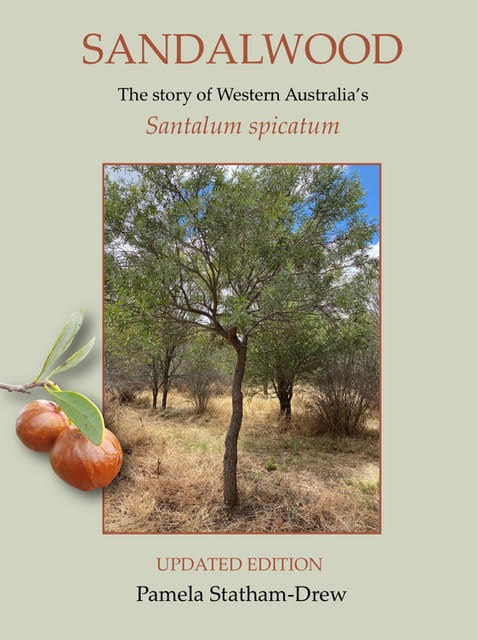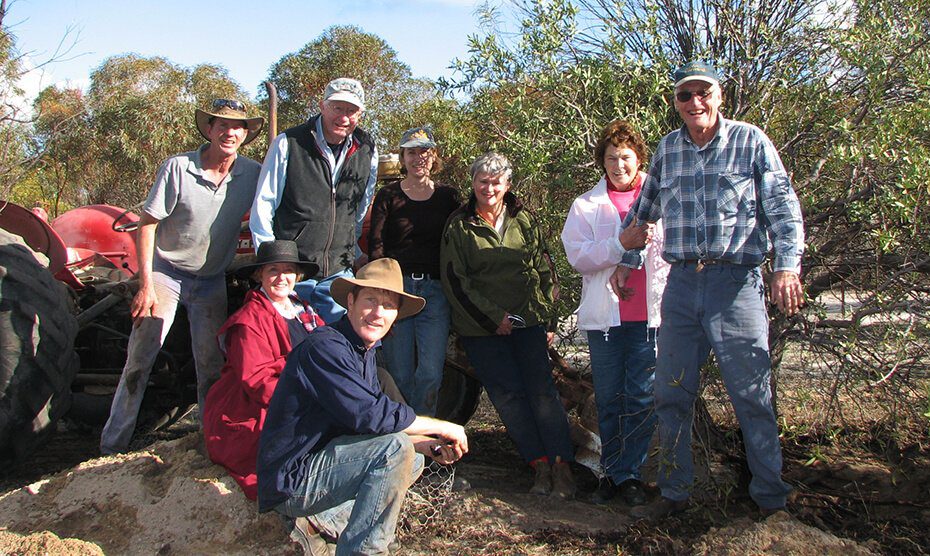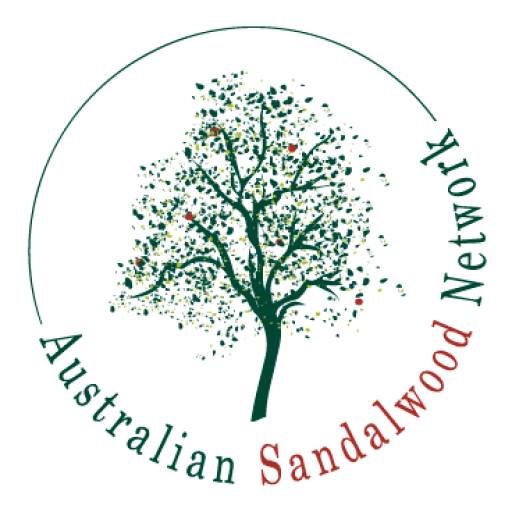About Sandalwood
Australian Sandalwood is the most planted native commercial tree crop in the WA Wheatbelt, and over 20,000 hectares of plantations will have been established over the last 20 years. Plantation growth is being driven by private landowners, broadacre farmers, and government programs.
Australian Sandalwood is a unique native tree crop, grown for its high-value aromatic heartwood over a 20 – 25 year rotation, with the potential to generate income from the oil-rich nuts from age 5 as new products are developing.
Well adapted to West Australian Wheatbelt conditions, sandalwood plantations can aid in managing agricultural risk through diversification and contribute towards reducing salinity and erosion in Wheatbelt farming systems. Sandalwood plantations established on cleared farmland enriches and supports the local ecology.
Sandalwood: The Golden Harvest discusses how sandalwood can be used to address land degradation issues and the various markets for the sandalwood product, and farmers talk about how they have used sandalwood to add diversity to their farms in areas that are not productive for annual crops.

Sandalwood: The Story of Western Australia’s Santalum spicatum
The definitive history of Santalum spicatum (Western Australian sandalwood) told in a richly illustrated book by historian and researcher Pamela Statham-Drew.
This book describes the industry, which is primarily Western Australia based, and its evolution through a colourful history to today.
The book is 68 pages and is 25.5 x 19 cm.
Enquiries – Nick Drew of Pandorus Books at nickdrew@bigpond.com
Become a Member
ASN members have access to specialist services and resources in the Members Area, consider becoming a member to broaden your sandalwood experience.


